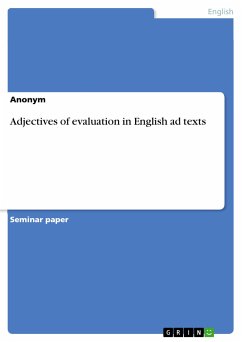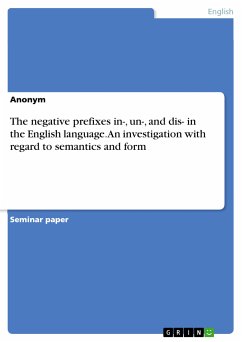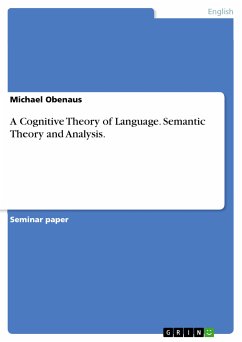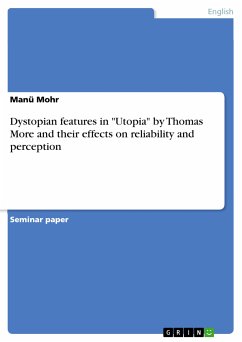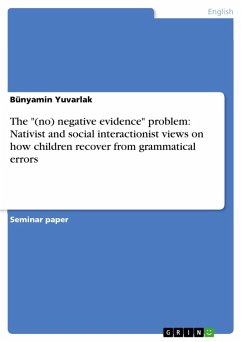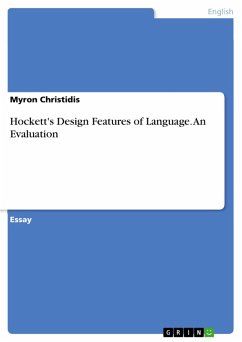
Hockett's Design Features of Language. An Evaluation (eBook, PDF)
Sofort per Download lieferbar
5,99 €
inkl. MwSt.

PAYBACK Punkte
0 °P sammeln!
Essay from the year 2022 in the subject English Language and Literature Studies - Linguistics, grade: 70%, The University of Liverpool, course: Psycholinguistics, language: English, abstract: This essay will attempt to elaborate which of Charles F. Hockett's original design features truly qualify as defining and distinctive characteristics of human language in contrast to animal communication systems. As the self-proclaimed superior species, humanity has always been very fascinated with discovering how special and unique we really are. One genuinely amazing aspect about human beings that suppo...
Essay from the year 2022 in the subject English Language and Literature Studies - Linguistics, grade: 70%, The University of Liverpool, course: Psycholinguistics, language: English, abstract: This essay will attempt to elaborate which of Charles F. Hockett's original design features truly qualify as defining and distinctive characteristics of human language in contrast to animal communication systems. As the self-proclaimed superior species, humanity has always been very fascinated with discovering how special and unique we really are. One genuinely amazing aspect about human beings that supposedly sets us apart from other creatures is our ability to invent, produce and evolve language. Of course, animals have their own ways of communication and thus remains the question of where the actual differences lie. In an attempt to gather defining and more or less exclusive characteristics of human language, linguist Charles F. Hockett proposes thirteen criteria, which he calls the "design-features" of language. According to Hockett there is evidence that every human language of the world shares these features. The goal of this effort, as Hockett himself states several years after the publication of the original article, was to discover "in just what ways human language differs from the communicative systems of other animals" and thus to define human language in contrast to animal communication.
Dieser Download kann aus rechtlichen Gründen nur mit Rechnungsadresse in A, B, BG, CY, CZ, D, DK, EW, E, FIN, F, GR, HR, H, IRL, I, LT, L, LR, M, NL, PL, P, R, S, SLO, SK ausgeliefert werden.








